Like a gigantic raindrop fallen from the sky, on the outskirts of an old industrial compound, lies a shiny spherical construction. It does not resemble any of the other buildings in the neighborhood, and has, with its transparent structure, an apparent fragility. Here, one is neither outside nor inside. Or rather, one is precisely both.
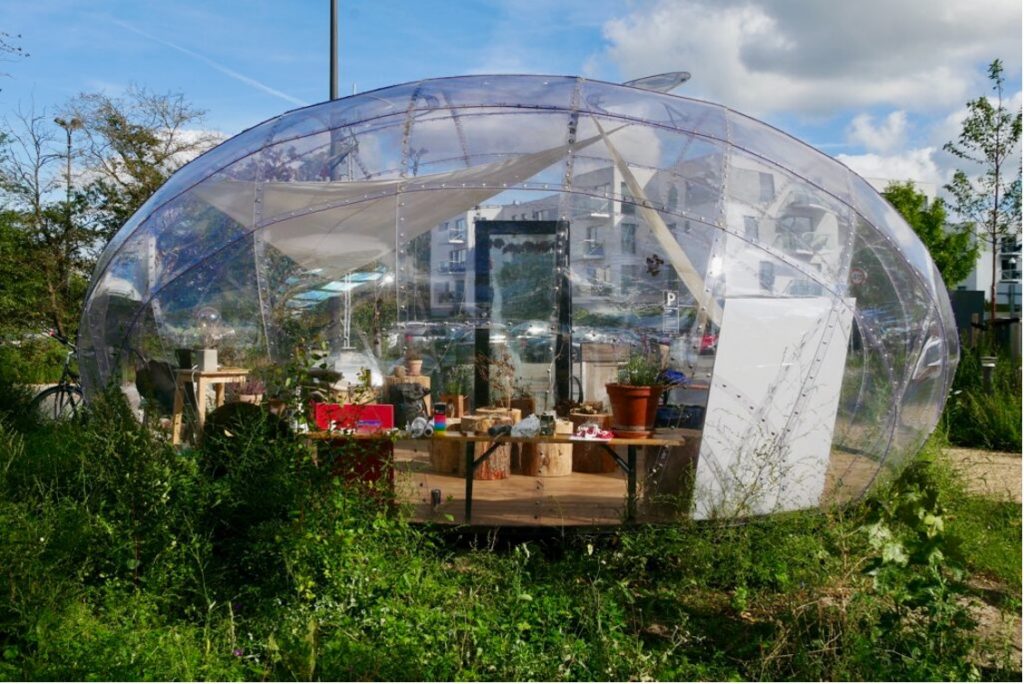
The Droplet by Atelier Kristoffer Tejlgaard1
The droplet-shaped greenhouse, or simply The Droplet (1), is thus an ideal platform for the project The Garden Caretaker, which explores how sensitivity towards urban nature and its manifold beings might be enhanced through artistic practice. One of the project’s premises is to work from a site-specific perspective while involving the local populace (human and non-human) in the process. Here, I present some of the project’s initial registrations using Hartmut Rosa’s resonance theory as a frame of reference.
THE GARDEN CARETAKER
The Garden Caretaker is in many ways a hybrid format. It is both an artist residency, an urban development project, and a learning experiment. In this intersection, Stedets Væsen [Being of Place], activates a series of artists in the role as Garden Caretaker, based in our droplet-shaped greenhouse in suburban Copenhagen.
The participating Garden Caretakers are writer Helene Johanne Christensen; multimedia artist Georg Jagunov; audiovisual artist Arendse Krabbe; ceramicist and multidisciplinary artist Davide Ronco; and performance artist Tora Balslev (Daily Fiction) with musician Felia Gram-Hanssen.
With an iterative approach and a premise of relating openly to potential offshoots developing in the process, we continually practice relinquishing control to observe what happens when these artists and their existing practices interact with ‘place’ and its human and non-human inhabitants. In close collaboration with the Garden Caretakers, we are documenting the insights from the many experiences, meetings, and workshops that take place.
Already, halfway through the process, I am committed to one consideration in particular: An inchoate and deliberately inclusive project design such as The Garden Caretaker creates space for unexpected encounters, gripping stories and, not least, potentially transformative experiences. The latter has occupied me particularly, because it is here that the aim of the project, the testing of various artistic methods to (re-)sensitize people towards the non-human, comes into play.
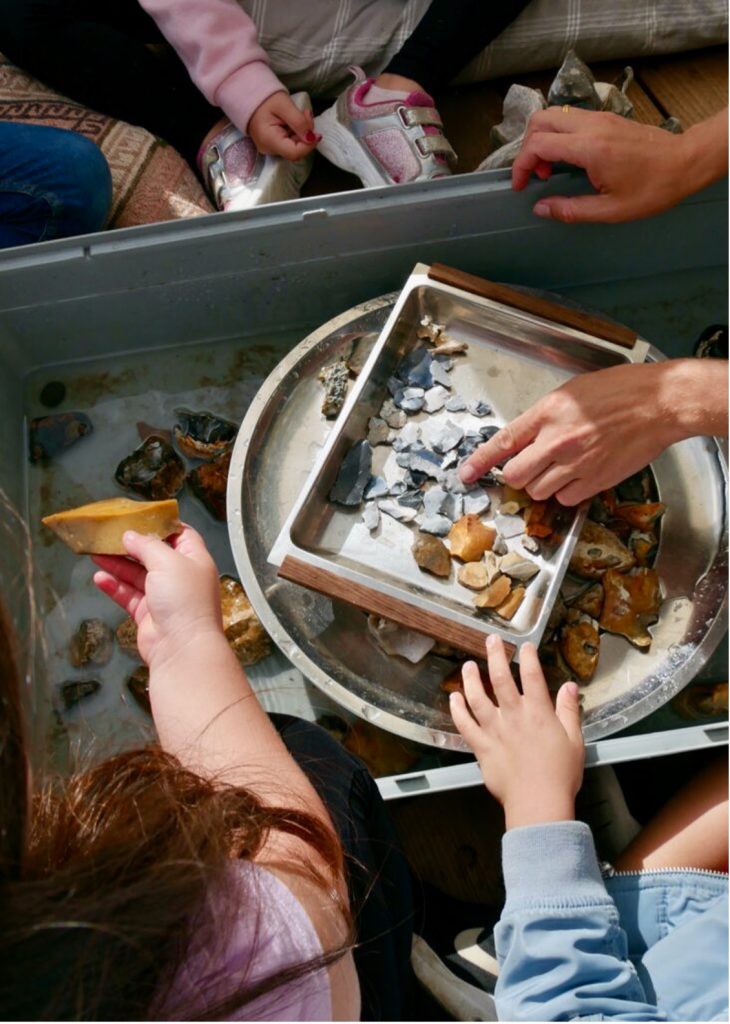
Georg Jagunov/2
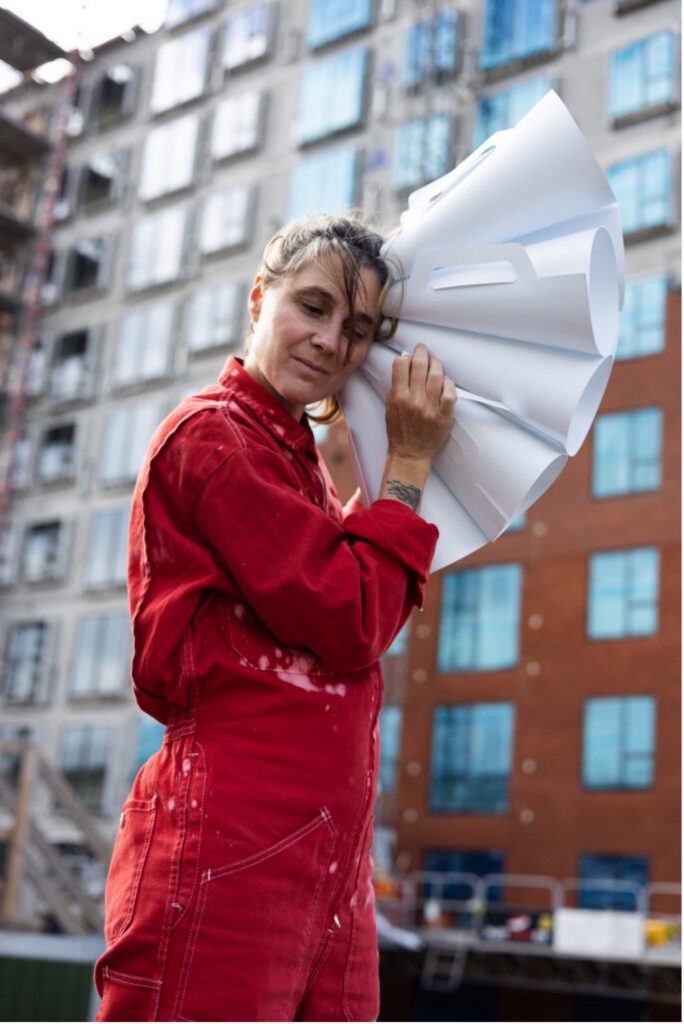
Arendse Krabbe/3
NEW CIRCUMSTANCES REQUIRE NEW METHODOLOGIES
Needless to say, our society is facing a colossal challenge now that the ecological crisis is inevitable. We need to rethink the ways in which we live, act, and exist. Most times, it seems overwhelming to deal with questions like these, let alone finding the solutions. Nevertheless, we need to dare to believe that we can act and create lasting effects. This is where the Garden Caretaker project – and others like it that work towards creating an existence that provides space for diverse life forms – can help to stimulate a better relationship, or kinship, with our natural surroundings and our non-human cohabitants.
From this perspective we ask, how can artistic encounters, with the artists’ ability to garner our attention through poetic language, a work of art, or a sensuous experience, create a space in which we as individuals can be moved? In a society where many feel alienated from the world, how might the Garden Caretaker redirect us to see our natural surroundings from a sensuous perspective, to let ourselves be affected by it, and to interact curiously with ‘the other’? To shed light on these questions I introduce sociologist and political scientist Hartmut Rosa’s concept of resonance.(2)
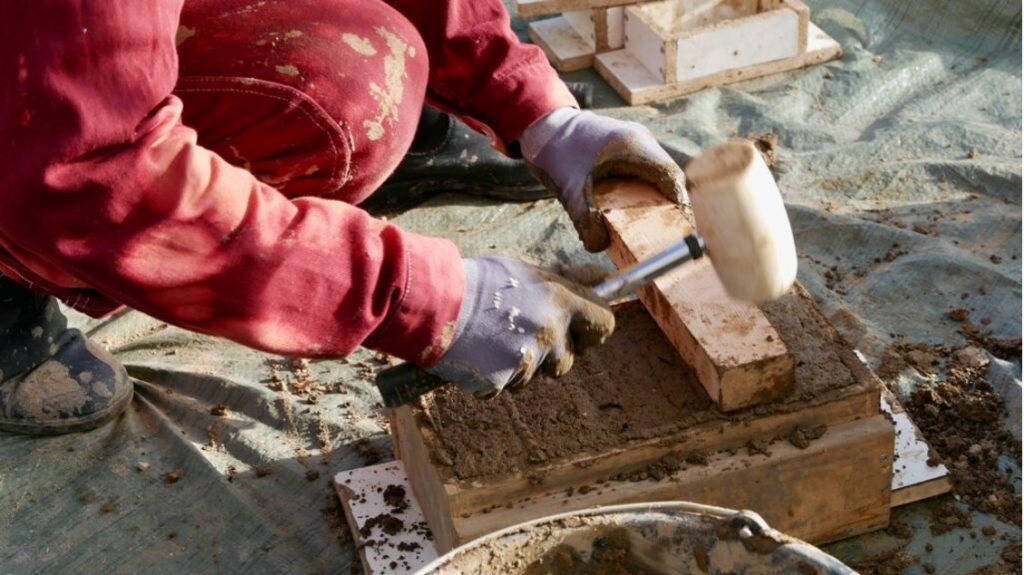
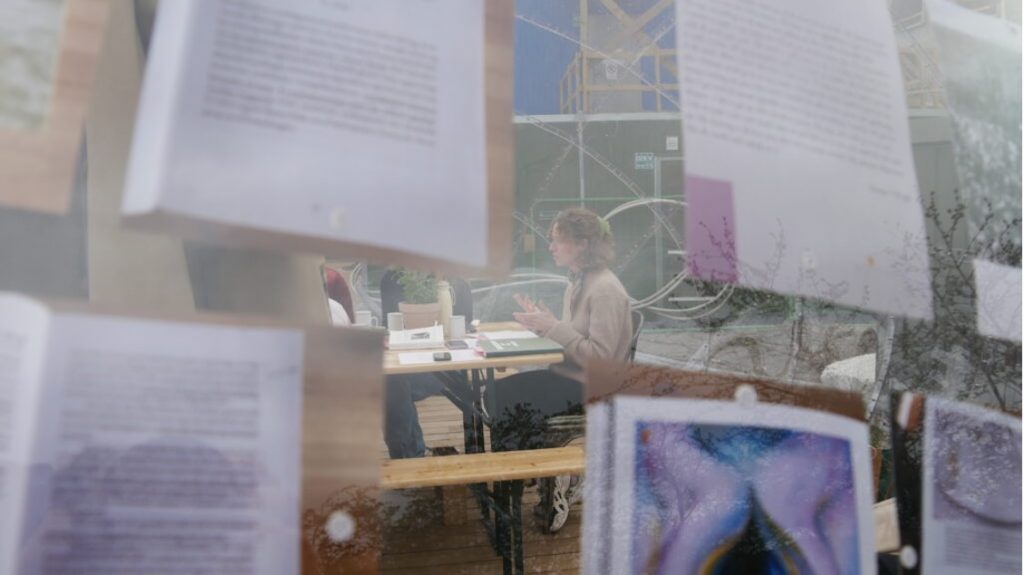
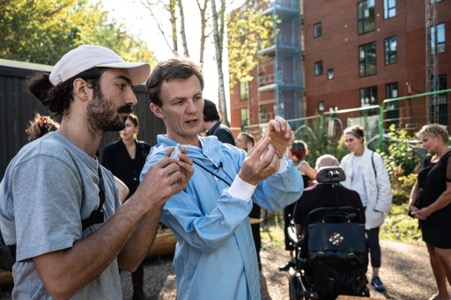
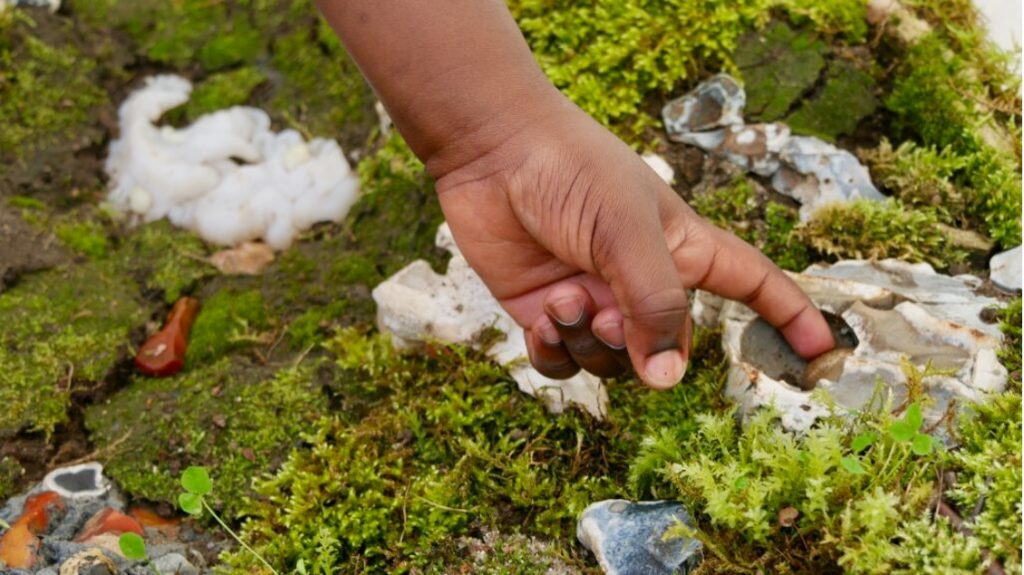
Davide Ronco/4 Helene Johanne Christensen/5
Georg Jagunov/6 7
RESONANCE
According to Rosa, resonance is a condition or a mode of relation (3) in which human beings are able to relate openly to emotional content and resonate with this for a while, which can lead to a deeply transformative experience, a so-called resonant experience: “When we resonate with the world, we are no longer the same afterwards. Experiencing resonance transforms us, and it is precisely this transformation that makes us feel alive.” (4)
Resonance (from the latin ‘re-sonare’: to reverberate) means that one, as a human being in a given interaction, is touched or affected, for example in the encounter with other people, objects or species, and actively responds to the impact that one experiences. The latter is crucial in Rosa’s theory: “It is not enough that I have access to and can take hold of the world. Resonance demands that I allow myself to be called, that I be affected, that something reach me from the outside.” (5) This movement of vibrations between the individual and ‘the other’ is what Rosa defines as resonance.
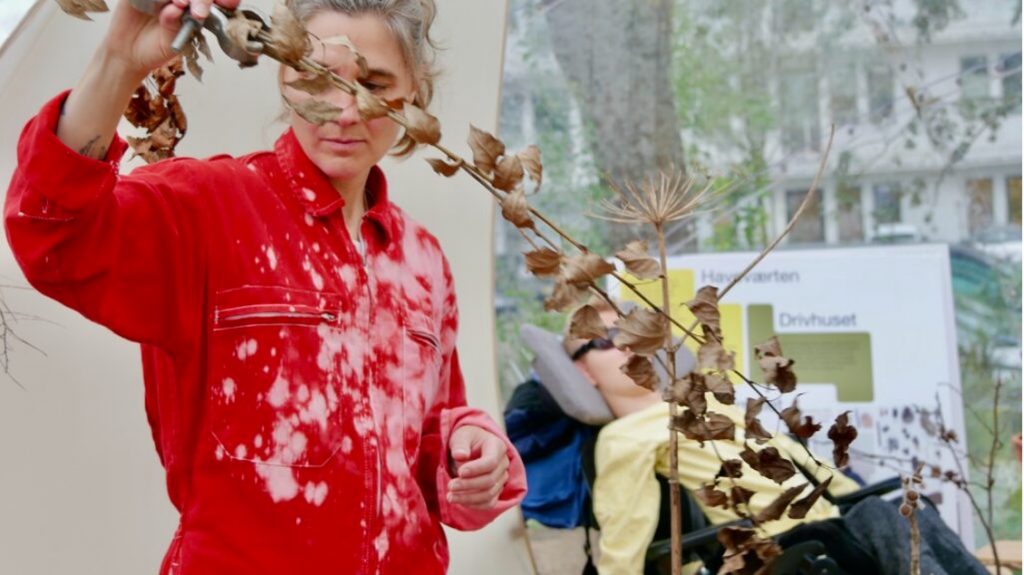
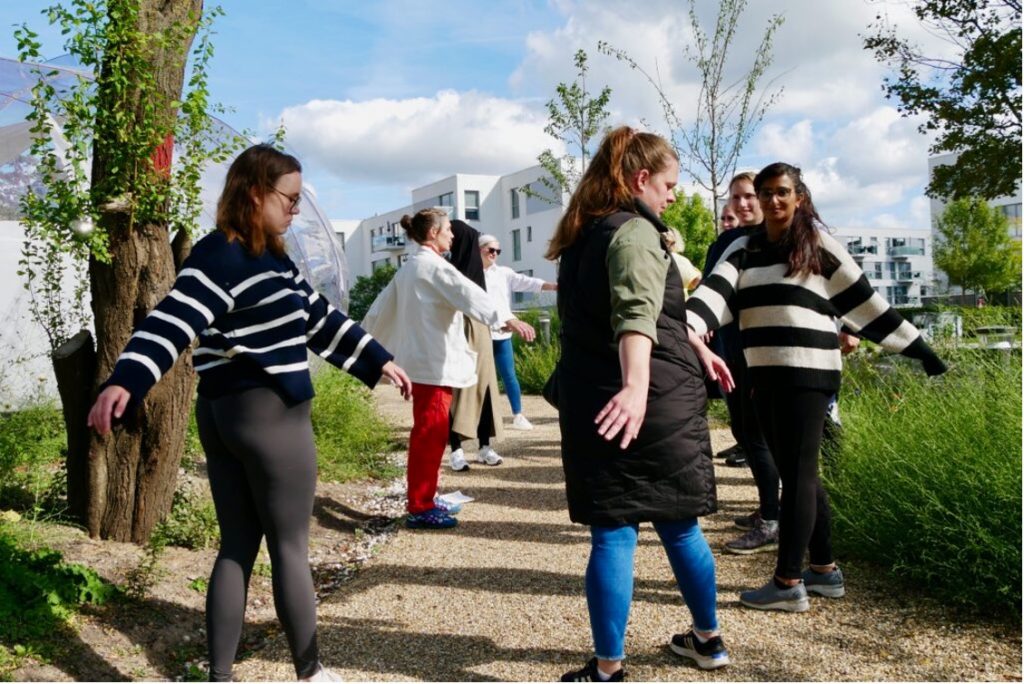
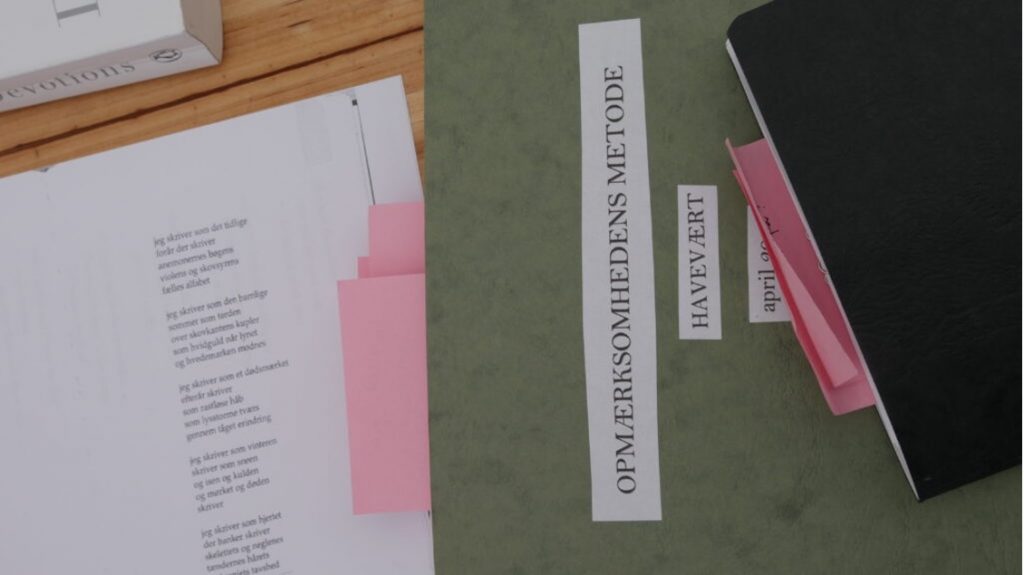
Arendse Krabbe/8 9
Helene Johanne Christensen / 10
The raison d´être of Rosa’s resonance theory is to show the way out of the polycrisis in which modern civilization finds itself. Because people are not just in the world, but also of the world (“au monde” as Merleau-Ponty puts it). To Rosa, resonance is what constitutes the essence of life: “Responsivity or capacity for resonance is, in a way, the ‘essence’ not only of human existence, but of all possible manners of relating to the world.” (6)
The problem today, says Rosa, is that we as a global society have become so alienated from our surroundings that we encounter the world as a point of aggressions, meaning, as “a series of objects that we have to know, attain, conquer, master, or exploit.”(7) In other words, modern humans’ encounter with the world is so suffused with the will to control it that we are pretty much unable to enter into a resonant relationship with it. And precisely because of this, life (i.e. the experience of feeling alive and truly encountering world), that which makes resonance possible, seems to elude us.
Only through a mutually resonant relationship with the world will we be able to create a better existence for all life forms. This is the transformational potential that ranges from the planetary and the structural to the intimate and personal.

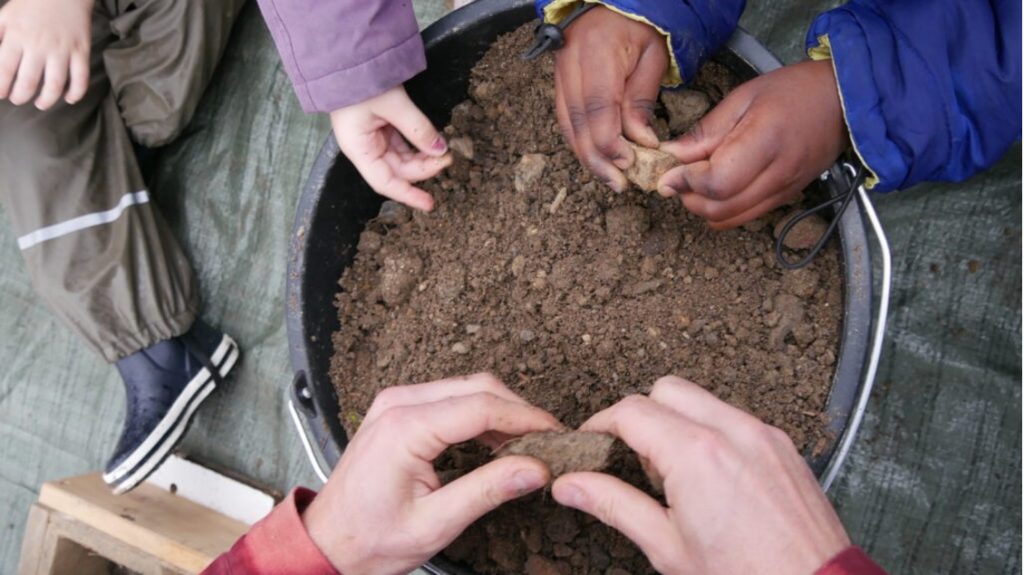
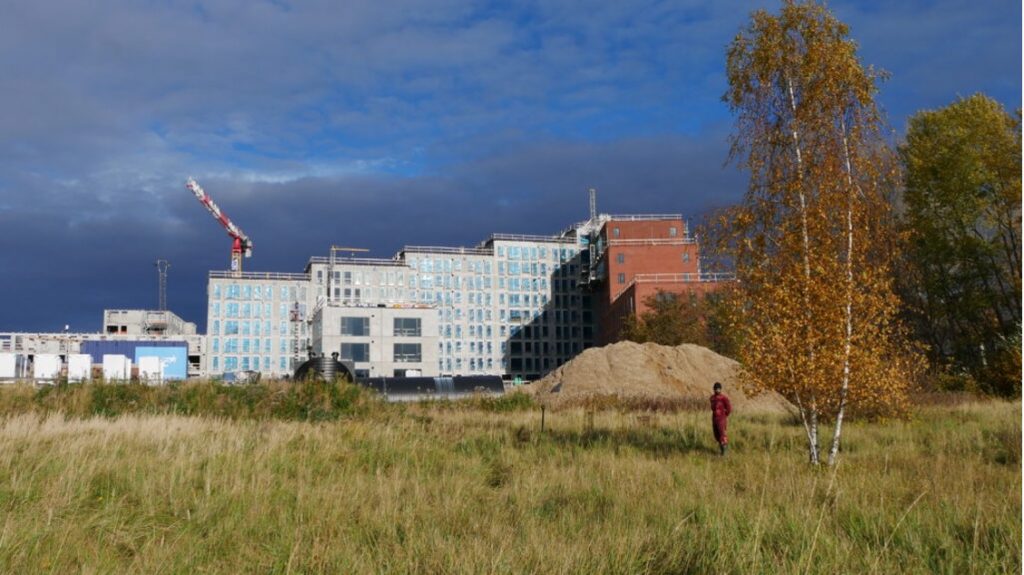
Helene Johanne Christensen/ 11
Davide Ronco/12 13
ART AS A POINT OF RESONANCE
An example of a resonant experience in the Garden Caretaker context is the event where a father is seen walking along the path next to the The Droplet carrying his crying son on his shoulders. They are on their way home from the kindergarten next door. When the father sees something inside the greenhouse, he stops and for a moment he seems to forget time and place. His gaze is fixed upon the strange sculptures and ancient artifacts that are carefully designed and placed there by the Garden Caretaker, Georg Jagunov. The crying son senses his father’s sudden change of modus and also turns towards the greenhouse, now fully attentive, and looks inside. They both smile and look at the exhibited works with bright eyes.
This little anecdote indicates that the Garden Caretaker through their practice and presence can be said to have facilitated a point of resonance, which allowed both the father and the son to step out of their mode of relation and into the sphere of aesthetic experience. In this very moment the two subjects appear captivated and vibrantly present.
Additionally, the unexpectedness of the situation plays an important role, for here is a vital precondition for the resonant experience: “Resonance is inherently uncontrollable […] Whenever it occurs, we are transformed; but it is impossible for us to predict how exactly we will be changed and what the end result of this transformation will be.” (8)
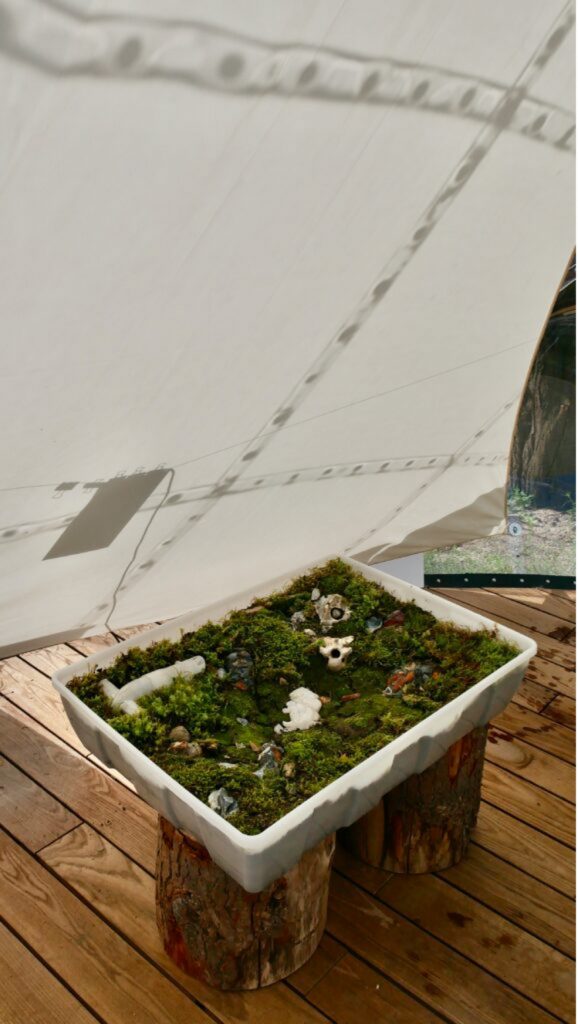
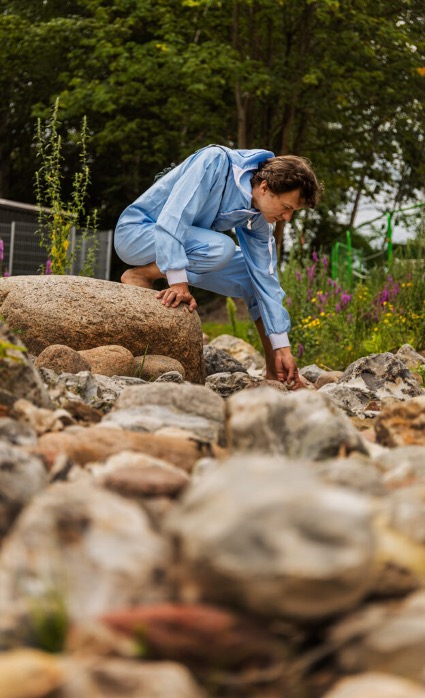
Georg Jagunov/14 15
As bystanders we of course cannot know whether the situation has had a transformative character for the father and son. However, I think it is fair to say that a beautiful moment of immersion occurred as a result of artistic practice in situ, which certainly points in the direction of a resonant experience, where the subjects ‘hear a call’ and answer. The Garden Caretaker, Georg Jagunov, also describes in his project, this ‘connection’ between people and materials as intentional.
“I work primarily with two materials, flint and moss, which I find in the area. Using performative walks, storytelling and installation art, I seek to recreate our ancient connection to these materials.”
– Georg Jagunov
THE ART OF THE UNCONTROLLABLE
As said, resonance contains an element of uncontrollability, which is to say that resonant experiences always contain an aspect of surprise or uncertainty, which is also the case in the example above. Uncontrollability is a crucial factor for a resonant experience to take place, and what characterizes uncontrollability is that it cannot be contrived. (9)
And precisely the idea of uncontrollability is another component of the Garden Caretaker project. Leaving room for spontaneous meetings and the vulnerability that comes with an open approach has proven valuable when working in the crossfield of social art and urban development.
For audiovisual artist and Garden Caretaker, Arendse Krabbe, creating ‘listening situations’ has become a tangible and effective method that combines place, presence, and sensitivity.
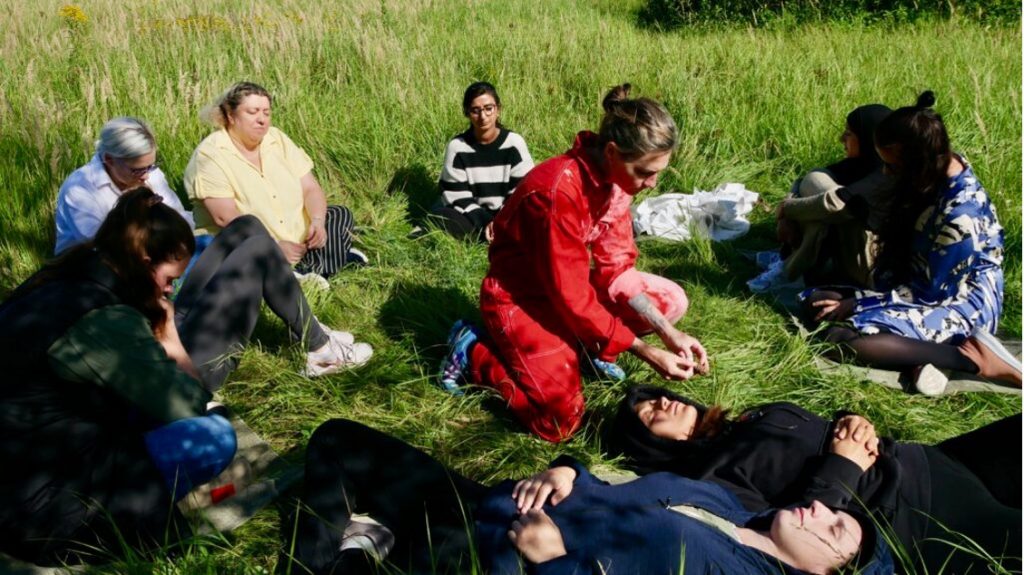
Arendse Krabbe/16
“What touches me is the way the sensation is received from the participant. Sensing that I can create a physical effect in that specific moment, for example through the sound of withered leaves, leaving goosebumps on their skin. That presence it creates, is key to my work.”
– Arendse Krabbe
Likewise, writer and Garden Caretaker, Helene Johanne Christensen, has worked to develop her own method during her residency, which she calls Method of attentiveness. Here writing and poetic language is used as a tool and a magnifying glass. The intention is to improve our ways of seeing by writing about the place and the different species that can be found there. She finds that poetic language can engage people deeply with their surroundings. And it is precisely this rediscovery of the world, seeing it with new eyes, that can potentially change our modus of relating to, and thus engaging with, the world. Making us more receptive to emotional content that touches and moves us.
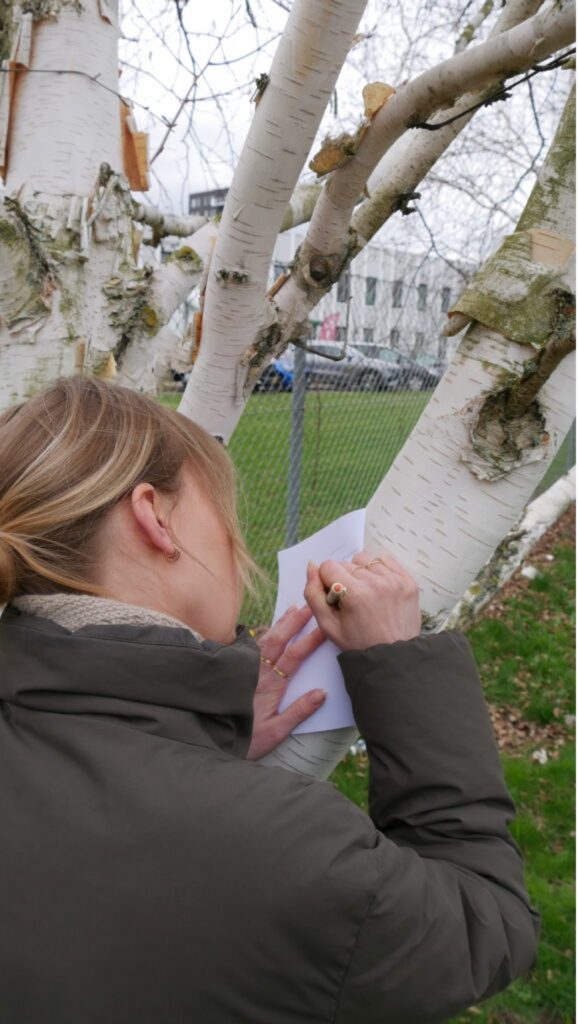
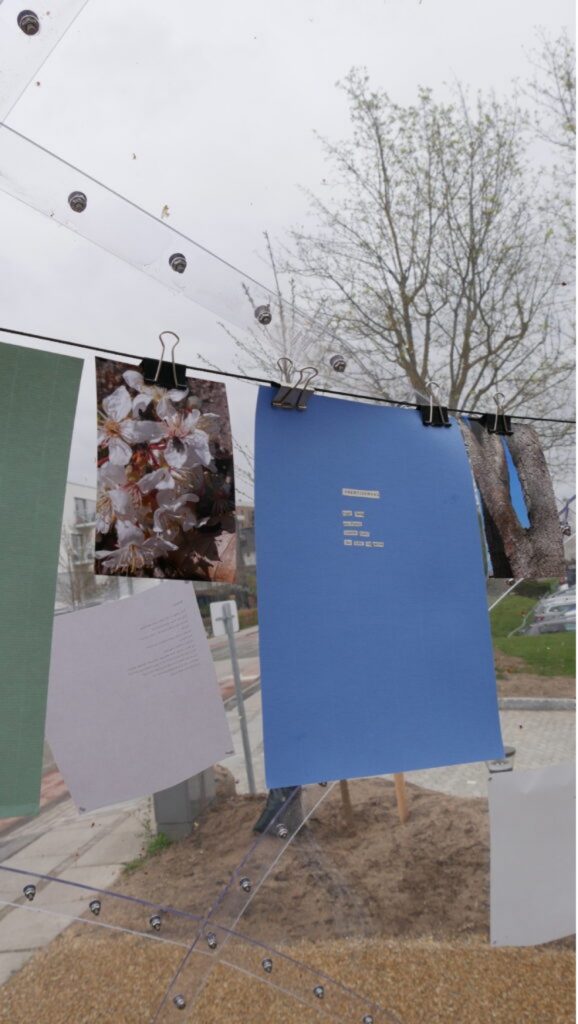
Poetic writing by workshop participant /
Helene Johanne Christensen/ 17 18
“It is about letting go just a little bit of the very tight grip and the control that we try to have with everything and also letting ‘the other’ have agency. And this requires incredible courage because you have no idea what will happen next.” – Helene Johanne Christensen
Registrations from the Garden Caretaker project’s initial phase thus indicate that our radically open, inclusive, and experimental project design, sustained by artistic practice, can create space for resonant experiences. We are, however, far from finished experimenting with the format, and we still cannot know all of what the project will conclude, or which new questions it will raise. Our hope is that more droplet-shaped greenhouses will appear on locations all over the continent, where people, with the help of a Garden Caretaker, will be able to resonate with the teeming life of our planet.
The Garden Caretaker is a part of Desire – irresistible circular society and New European Bauhaus and funded by the EU.
1: The Droplet by Atelier Kristoffer Tejlgaard
2: Rosa (2019). Resonance. A Sociology of the Relationship to the World.
3: Rosa (2020). The Uncontrollability of the World.
4: Rosa (2020). The Uncontrollability of the World, p. 34.
5: Rosa (2020). The Uncontrollability of the World, p. 42.
6: Rosa (2020). The Uncontrollability of the World, p. 31.
7: Rosa (2020). The Uncontrollability of the World, p. 4.
8: Rosa (2020). The Uncontrollability of the World, p. 37.
9: Rosa (2020). The Uncontrollability of the World.
- The Droplet
- Georg Jagunov with kindergarten Edison
- Arendse Krabbe
- Davide Ronco
- Helene Johanne Christensen
- Georg Jagunov with Davide Ronco
- Georg Jagunov
- Arendse Krabbe with Mindsteps
- Arendse Krabbe with SOSU H
- Field notes by Helene Johanne Christensen
- Helene Johanne Christensen
- Davide Ronco with kindergarten Edison
- Davide Ronco
- Georg Jagunov
- Georg Jagunov. Photo by Benjamin Hesselholdt
- Listening situation by Arendse Krabbe
- Poetic writing by workshop participant
- Exhibition by Helene Johanne Christensen
Article: Siv Werner // Photo: Siv Werner, Benjamin Hesselholdt, Stine Skøtt Olesen